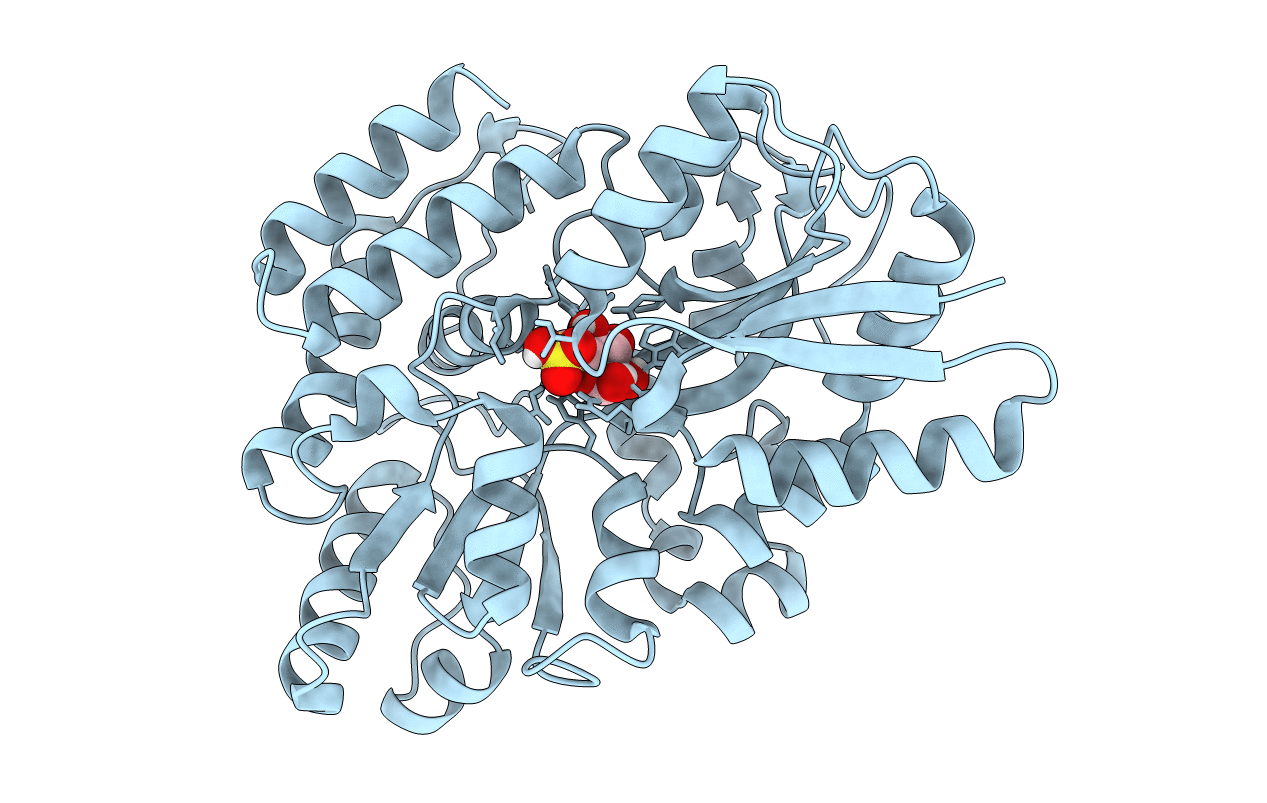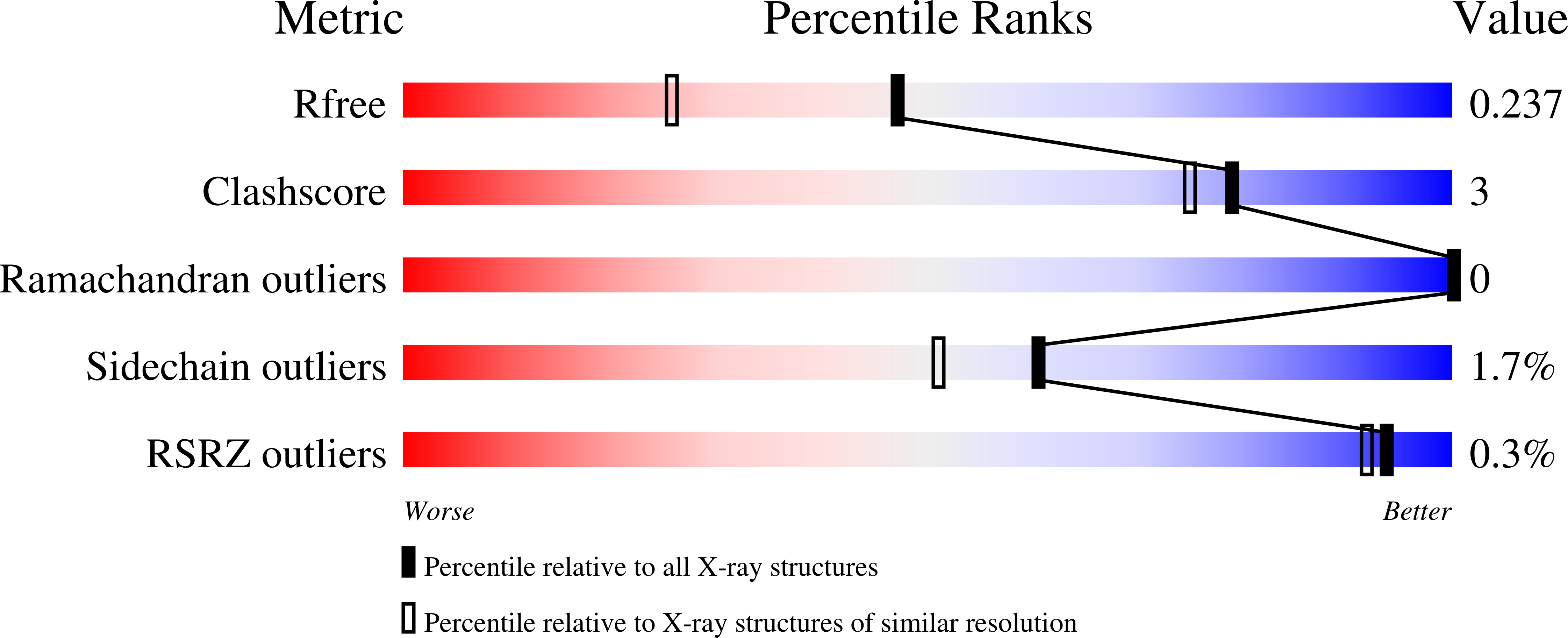
Deposition Date
2022-02-21
Release Date
2022-04-13
Last Version Date
2024-01-31
Entry Detail
PDB ID:
7YZS
Keywords:
Title:
Crystal structure of the sulfoquinovosyl binding protein SmoF complexed with sulfoquinovose
Biological Source:
Source Organism:
Agrobacterium tumefaciens (Taxon ID: 358)
Host Organism:
Method Details:
Experimental Method:
Resolution:
1.80 Å
R-Value Free:
0.23
R-Value Work:
0.19
Space Group:
P 31 2 1


